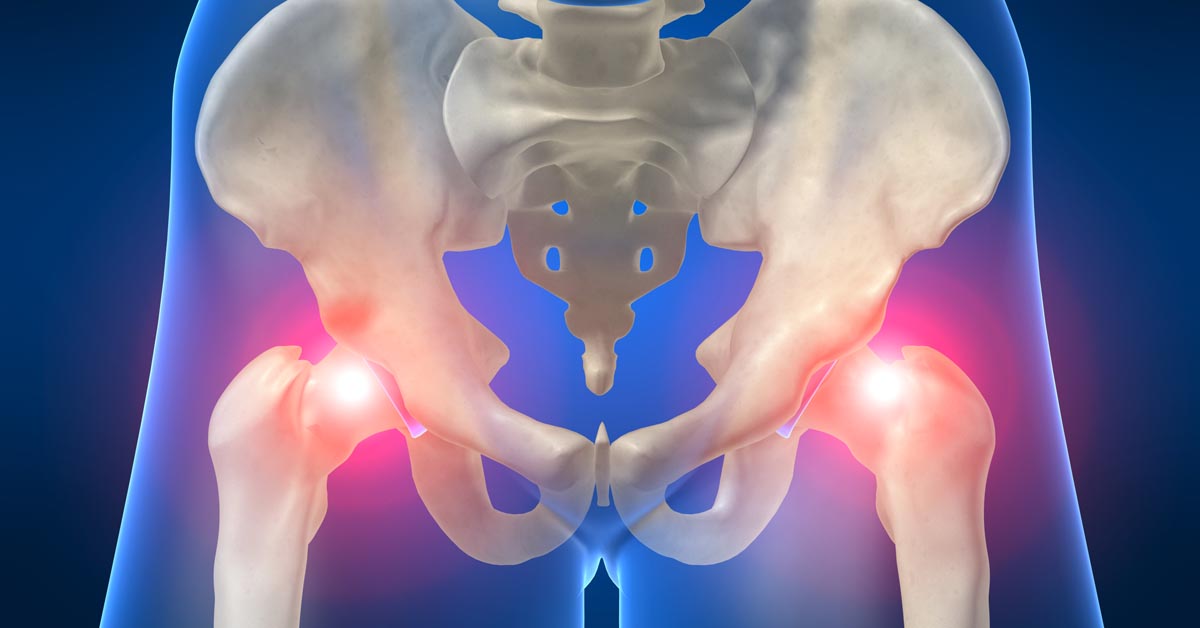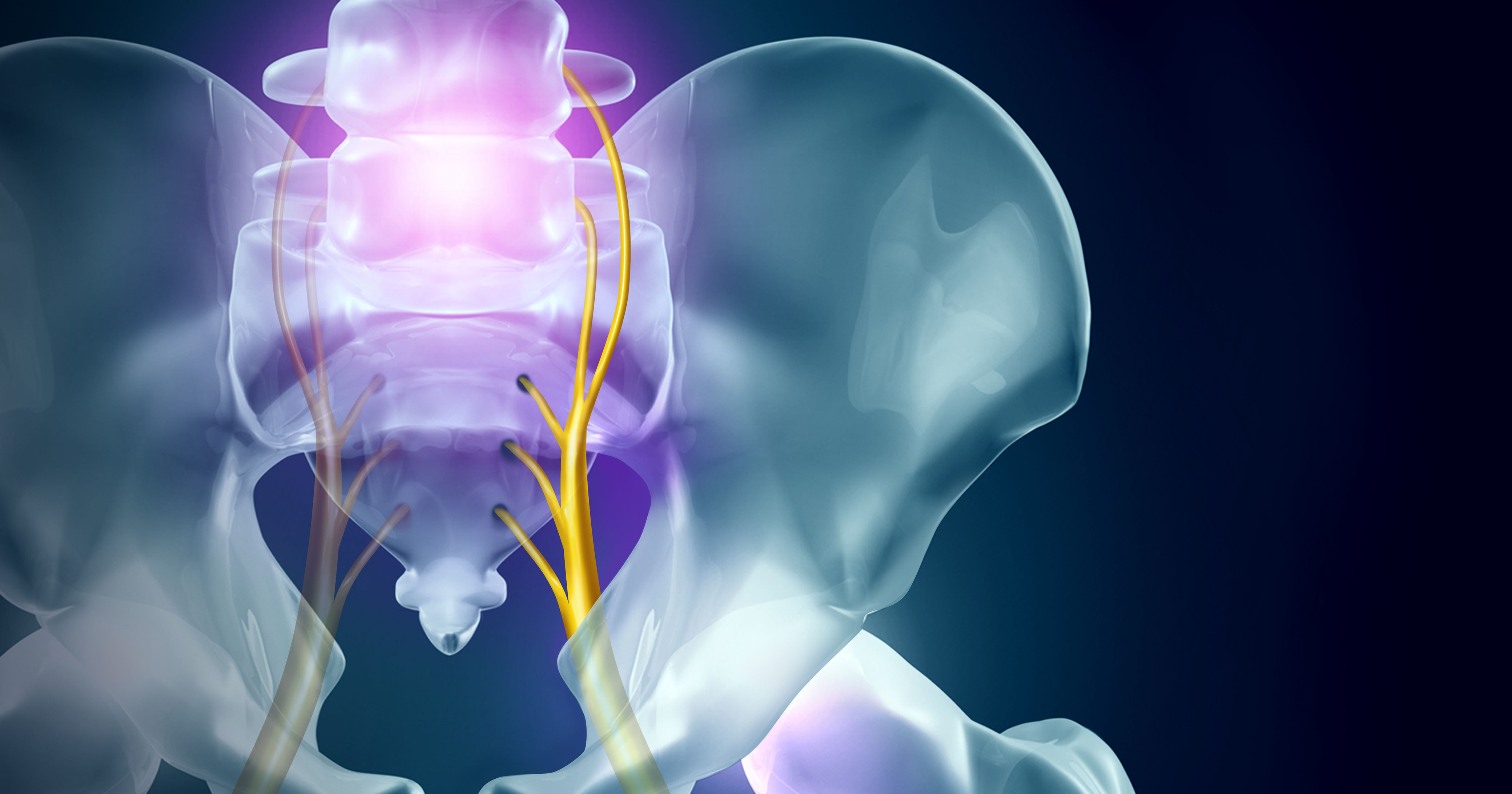 Dr. Cohen works with many sciatica patients here in our Hauppauge, Long Island office, and many of these individuals were afraid that they might need surgery to alleviate their pain. The most recent research shows that a large number of people don't need surgery for this prevalent problem, and that chiropractic is more successful at resolving sciatic nerve pain.
Dr. Cohen works with many sciatica patients here in our Hauppauge, Long Island office, and many of these individuals were afraid that they might need surgery to alleviate their pain. The most recent research shows that a large number of people don't need surgery for this prevalent problem, and that chiropractic is more successful at resolving sciatic nerve pain.
A popular surgery for sciatica is microdiscectomy, and in a 2010 study, researchers examined 80 individuals with sciatica who were referred for this procedure.
Forty patients were then randomly sorted into one of two groups. The first group received surgical microdiscectomy and the second group was given chiropractic care.
Both groups got better; however, no noticeable difference in outcome was reported one year post-treatment between either group. Additionally, roughly 60% of the participating subjects who could not find assistance from any other treatment approach "benefited from spinal manipulation to the same degree as if they underwent surgical intervention."
Put another way, chiropractic delivered the same positive advantages as surgery without needing to endure the increased levels of surgery-based pain or suffer through drawn-out recovery times often associated with that type of treatment choice. Additionally, you also don't run the risks linked to surgical microdiscectomy, including nerve root damage, bowel or bladder incontinence, bleeding, or infection.
Surgery ought to be the last resort for sciatica pain. If you live in Hauppauge, Long Island and you're suffering from back pain or sciatica, give Dr. Cohen a call today at (631) 360-7999. We'll help pinpoint the start of your pain and work hard to get you relief.
References
- McMorland, G et al. Manipulation or microdiskectomy for sciatica? A prospective randomized clinical study. Journal of Manipulative and Physiological Therapeutics 2010;33(8):576-584.
- Solberg TK, Nygaard OP, Sjaavik K, Hofoss D, Ingebrigtsen T. The risk of "getting worse" after lumbar microdiscectomy. European Spine Journal 2005;14(1):49-54.



